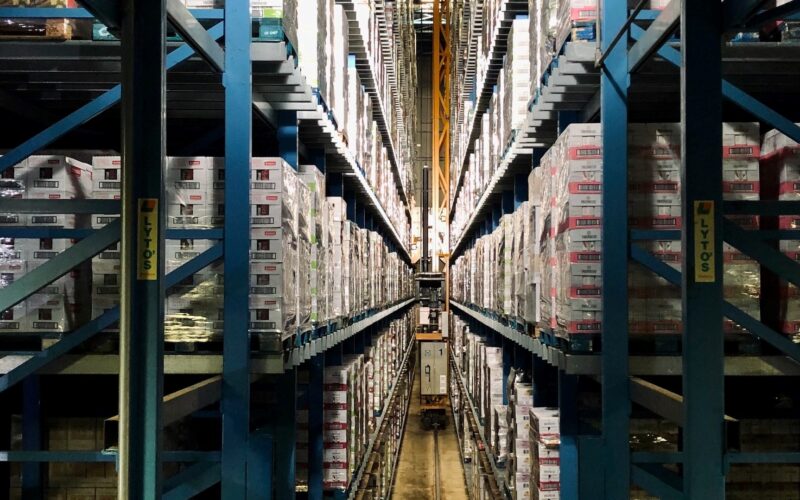When the Covid-19 outbreak devastated worldwide commerce back in 2020, paralyzing supply chains, most industry professionals believed that the interruptions to global supply systems would be transitory. Nevertheless, the effects of the pandemic are still felt across the whole industry. The issues stem from a variety of variables, some of which are transient and others of which are structural. For this reason, many people ask the same question: will the global supply chain crisis continue in 2023? The backlog of orders, along with plant closures, labour concerns, and equipment shortages, has made forecasting the results for next year challenging. This is even before considering the possibility of a new virus outbreak this fall.
The Labour Shortage Is Still Prevalent
The labour shortage in many logistics sectors around the world remains severe. Most businesses are working extra hours to fulfil orders, as they have for the past year and a half. The workforce that is present is overworked and stressed, making them inefficient. In addition, many more workers have left the industry this year. The United States is still reeling from the labour exodus that occurred in the previous two years.
There are still essential openings in logistics and other fields. In 2022, strikes have broken out in countries worldwide as a direct result of the poor working conditions in the industry. Workers want better pay and working conditions, and it is impossible to make that happen when there is such a workforce shortage. As things stand, we don’t see a way to avoid the labour shortage continuing into 2023.
The Demand Is High
As global demand increased following the end of the pandemic’s most severe period, the need for quick logistical solutions increased dramatically. The problem was the unprecedented state of the supply chain at the time. There was little that industry professionals could do to meet the increased demand. Demand has only grown over the years, primarily because people saved up a lot of money by not making as many purchases during the pandemic and are now free to spend it.
Even more so, the fiscal and monetary policies and stimulus packages that many nations worldwide have implemented are worsening the problem. Many experts believe that demand will continue to rise through 2023. According to Peasley Transfer & Storage experts, this means that even if the supply chain was restored to 100% efficiency, there would still be a significant backlog of deliveries in transit which would mean that the global supply chain crisis would still cause issues, at least for some time.
The Supply Has Yet To Catch Up
The combination of high demand and limited supply significantly impacts commodity prices. Many commodities have risen in price since the beginning of the year due to supply/demand mismatches, weather conditions, Covid-19 problems, natural catastrophes, and worker strikes at vulnerable production locations. Commodity price increases are impacting the profit margins of enterprises that rely on raw materials as inputs and companies that rely on exporting goods. The supply-demand imbalance affects not just commodities but also the price and availability of intermediary items and labour. Faced with this difficult scenario, businesses have no alternative but to pass the whole expense, or a portion of it, to the customer, fuelling inflation. In other situations, companies have no option but to curtail output, because of a lack of materials and labour, for example, or, in extreme cases, temporarily cease production.
According to a study of European businesses, the most significant constraint to output is a lack of materials and/or equipment. Globally, the industries most impacted by shortages include automotive, electrical equipment, materials, transportation, and construction. As you can probably imagine, this can also impact large logistics companies. Supply is gradually increasing, but much faster than the global supply chain can handle. This has caused a chain reaction in which logistics companies’ efforts to improve their supply chain are undermined by latent demand. This makes it extremely hard to measure the effectiveness of the global supply chain on a small scale.
Geopolitical Pressures Provide a Further Challenge
The geopolitical situation has a significant influence on the global supply chain. Technology, in particular, has been a geopolitical problem for a long time. The main technology that has been at the centre of this issue has been semiconductors, which mainly come from China. The issue stems from the sanctions the United States has implemented on the sector. These actions have made it harder to produce electronic goods, not just in the US but all around the world.
Furthermore, geopolitical issues cause supply networks to be opaque at times. This is the case even between stakeholders within the same supply chain. For this reason, it is much harder to identify the various bottlenecks that can occur in the supply chain itself. Given that the global supply chain comprises numerous smaller sectors that must collaborate and coordinate perfectly, this lack of communication can have negative results.
Will the Global Supply Chain Crisis Continue in 2023? The Verdict
So, will the global supply chain crisis continue in 2023? As you can see, the evidence suggests that the current problems will persist into the coming year. We believe, however, that the global supply chain crisis will cease by the end of next year. Still, we wouldn’t be surprised if some delays occur next year, causing the crisis to spill over into 2024. However, supply chain disruptions will likely slow but not halt the current economic recovery. This is because many industries worldwide are developing new supply chain solutions. The United States has massive infrastructure remodelling plans, while the Next Generation EU fund has the potential to alleviate the burden of this crisis significantly. These developments will mitigate the effects of supply chain bottlenecks.













